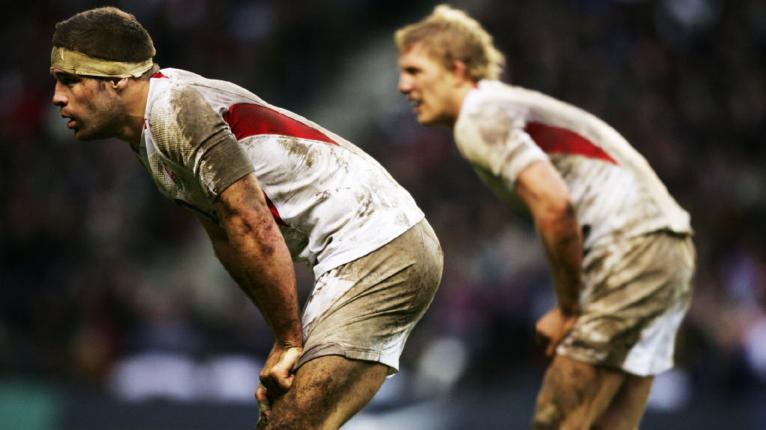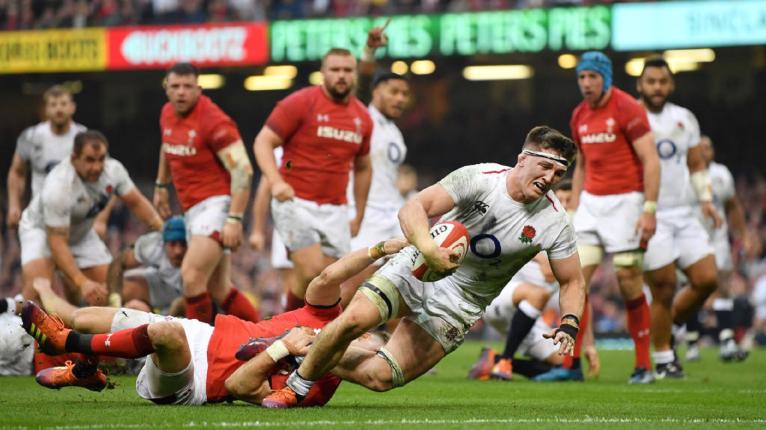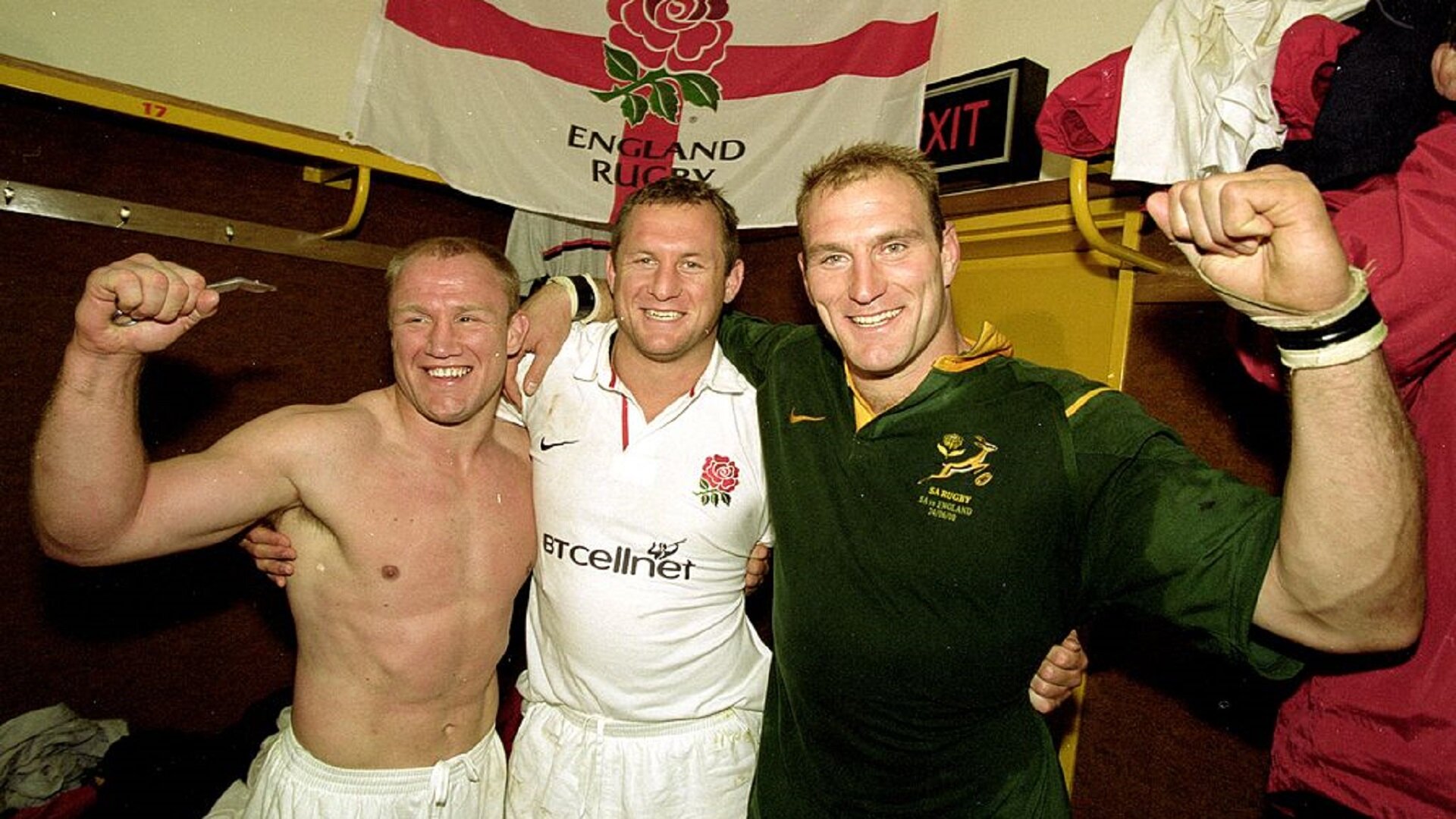England's back row and the light at the end of the tunnel

England may have enjoyed a significant amount of success over the past four seasons, but it was not that long ago that the Red Rose felt a long way off contending with the best international teams in the world.
Whether it was Andy Robinson and Brian Ashton trying to rebuild after the departing of the nation’s golden generation in 2003, or Martin Johnson’s baptism of fire between 2008 and 2011, the ability to compete consistently with the top two or three nations in the world over that period, usually the southern hemisphere ‘Big Three’, was sorely missing for England.
Even under Stuart Lancaster, with the former head of elite player development having put England on a path to a brighter future, there were still plenty of teething issues, although it was clear to see that his stint was a catalyst for the turning of the tide.
Throughout those tenures, a period of over 12 years, one of the most persistent critiques of England and its coaches was the lack of genuine top-class international ability in the back row and/or the balance of the back row units being selected.
Firstly, it was a tough act to follow.
The trio of Richard Hill, Neil Back and Lawrence Dallaglio has since gone down as one of the best, if not the best to ever play the game, with each legitimately in the equation as the best in the world at their position at the time and the chemistry between all three bordered on telepathic.
It cast an unenviable shadow for those that followed.
Joe Worsley and Lewis Moody did not lack for ability and will go down as two of the most committed to ever wear the jersey, whilst Nick Easter had his fair share of moments on the front-foot in international rugby.

Injuries robbed the world of anything more than a glimpse of Tom Rees at that level, they limited the wonderfully talented Tom Croft to 40 caps and the much yearned for Steffon Armitage saw his career blossom once he moved to France, at which point he became ineligible for selection.
Whether through injuries, unbalanced selections or just the unfair comparison to the three men that came before them, none of England’s subsequent back rows were quite able to transform their undoubted individual ability, into a consistently cohesive, impactful and disciplined group on the pitch.
Then came the era of the ‘6.5’, with the arrivals of James Haskell, Chris Robshaw and Tom Wood onto the scene. Perhaps unsurprisingly, as it coincided with the expectations of a home Rugby World Cup, that trio came in for particularly fiery criticisms from the public, with the lack of a more traditional openside bemoaned again and again (and again).
It should be noted, however, that all three played their roles in Eddie Jones’ success between 2016 and 2017, with Robshaw and Haskell in particular carving out integral roles for themselves within the team. Fans still wanted their ‘out and out seven’, but the consistent winning took the majority of barb, vitriol and venom out of the criticisms.
Jones will not look back fondly on the second half of 2017 and the first half of 2018, but the ship has since been righted and England look in relatively decent shape heading towards the Rugby World Cup in Japan later this year.
One of the reasons for optimism in that tournament, after years of grumblings, is the make-up of England’s back row.
Mark Wilson has established himself as a consistent performer on the blindside, Billy Vunipola is among the world’s best at number eight and Tom Curry has assumed duties in the England seven jersey, taking to the role like a duck to water.

Not since Rees dominated contact areas up and down the country for London Wasps has English rugby been so enthused by a young openside, although the difference in this scenario is that Curry isn’t alone.
After breaking through in the mid-2000’s, Rees was immediately ordained as English rugby’s chosen one, in the most part due to his considerable ability, but also the lack of other options coming through at the time. If you compare that to the present, Curry’s story couldn’t be much more different.
Lewis Ludlam has been playing well for Northampton Saints and was recently called up to England’s Rugby World Cup training squad, Sam Underhill is developing a nice rivalry with Curry for the shirt and Saracens’ Ben Earl has been in and out of England training squads this past season. Were it not for injury, Jack Willis may have been in that mix, also.
The competition is coming from closer to home, too, where twin brother Ben is on the radar. Aaron Hinkley has had a good year at international age-grade levels, Will Evans is seeking to realise his early potential by moving to Harlequins and Josh Bayliss impresses whenever he plays, with his opportunities simply limited by Bath’s array of back row options.
At 23 years of age, Ludlam is the oldest of the nine, in a group of players that, based on what they’ve done in their young careers so far, only looks to further improve in the coming years.
This quickly expanding depth and array of exciting talents isn’t limited to the seven jersey, either.
Wilson won’t be losing the six shirt anytime soon, although with the flanker turning 30 at the Rugby World Cup, there will be at least one eye on the candidates to eventually usurp him.
Worcester Warriors’ Ted Hill already has a senior cap to his name and has impressed at all levels this season, Alex Dombrandt being plucked out of BUCS Super Rugby by Harlequins has proven to be a revelation of a move and Richard Capstick is highly thought of at Exeter Chiefs, such that they threw into senior action in his first season of professional rugby, something which is rare in the south-west.
Sam Simmonds and Zach Mercer are established options at the Premiership level at number eight, James Chisholm is a player on the cusp of recognition and Rus Tuima’s long-term potential is frightening, if he can put his physical gifts and technical ability together.
From being a perceived problem position for years to one now overflowing with bona fide future international options, Jones’ eventual successor will have their work cut out evaluating which players to move forward with.
Possible post-RWC depth chart (age in brackets)
| Blindside | Openside | Number eight |
| Mark Wilson (29) | Tom Curry (21) | Billy Vunipola (26) |
| Brad Shields (27) | Sam Underhill (22) | Nathan Hughes (28) |
| Alex Dombrandt (22) | Ben Earl (21) | Zach Mercer (22) |
| Ted Hill (20) | Lewis Ludlam (23) | Sam Simmonds (24) |
| Nick Isiekwe (21) | Jack Willis (22) | Jack Clifford (26) |
| Tom Ellis (24) | Ben Curry (21) | Teimana Harrison (26) |
| James Chisholm (23) | Josh Bayliss (21) | Tom Willis (20) |
Maintaining that pathway of options doesn’t seem to be an issue, either.
A raft of new back rowers join the league this summer, with Nahum Merigan, Jack Clement and Josh Gray spearheading the standouts, whilst names like Kayde Sylvester, Jack Forsythe, Emeka Ilione, Lynx Noumey and Will Trenholm are among the players going into their final year of schooling, aiming to win their first professional contracts.
Whether you subscribe to the theory that English rugby has improved its pathway and the Premiership clubs’ investment in their academies is paying off, or simply that these things can be cyclical, and a few bumper classes of back rowers was overdue, the outlook is exciting for England and these players.
Ball-in-play times have increased in the Premiership, the game has become faster and less static, and with less reliance on dominant scrums and more of an emphasis on player mobility, the changing face of the competition certainly seems to be helping develop these dynamic loose forwards.
Whatever the reasons, though, Jones and England will be happy with what they have at their disposal as they head towards Japan, as well as what the future bodes for the group.
In fact, Jones may wish he could trade one or two of them for a couple of scrum-halves.
Watch: ‘Nadolo’

































































